Ammonium Paratungstate Applied in Production of Hexagonal Tungsten Trioxide Microspheres
- Details
- Category: Tungsten Information
- Published on Wednesday, 18 November 2020 01:21
- Written by yuntao
- Hits: 1718
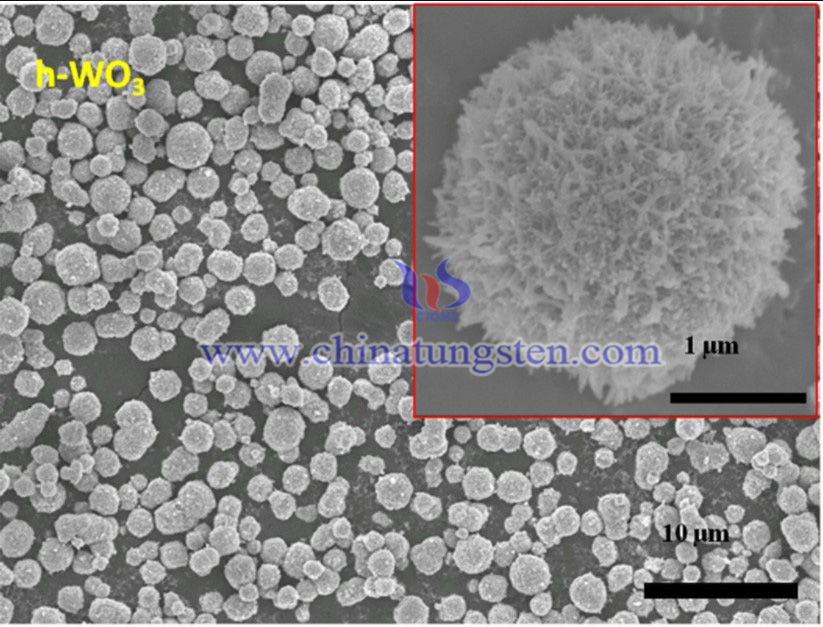
Ammonium paratungstate (APT) has been used as precursor material in production of Hexagonal tungsten trioxide (h-WO3) microspheres by hydrothermal synthesis. The as-prepared product showed significant catalytic activity in the hydrogenation of styrene under mild environment.
Ammonium Paratungstate Applied in WO3/Carbon Nanotubes
- Details
- Category: Tungsten Information
- Published on Wednesday, 18 November 2020 01:21
- Written by yuntao
- Hits: 1658
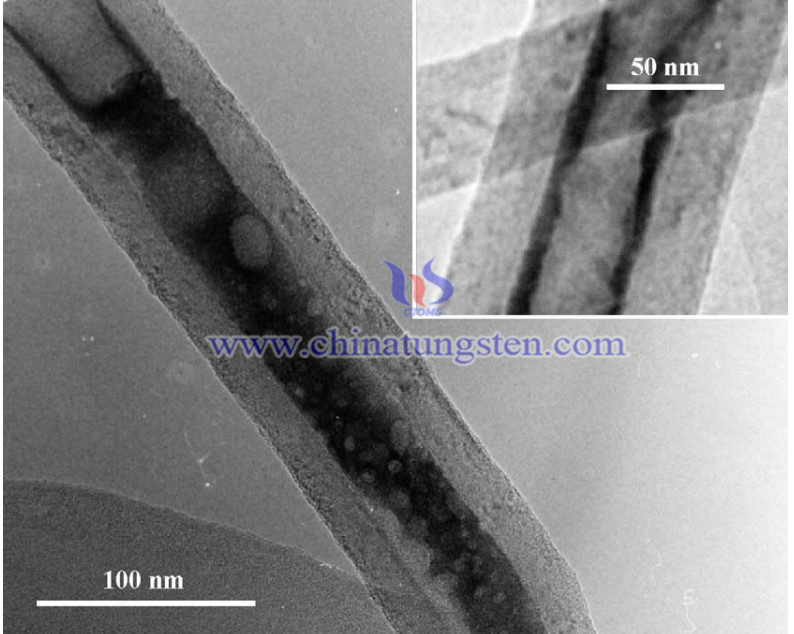
Solid acid catalysts play a significant part in chemical and petroleum industries in hydrocarbon conversion reactions required in octane enhancement processes, such as cracking, isomerization and alkylation, which can form highly branched isoparaffins. Such reactions need strong or moderate acid catalysts. However, halide-type solid acids have a great negative effect on environment. Tungsten oxides supported on oxide carriers have been considered as a more environmental-friendly substitute. Therefore, it has been well studied to be catalysts for hydrocarbon isomerization processes.
Ammonium Paratungstate in Synthesis of Single-Walled Carbon Nanotubes
- Details
- Category: Tungsten Information
- Published on Wednesday, 18 November 2020 01:11
- Written by yuntao
- Hits: 1619
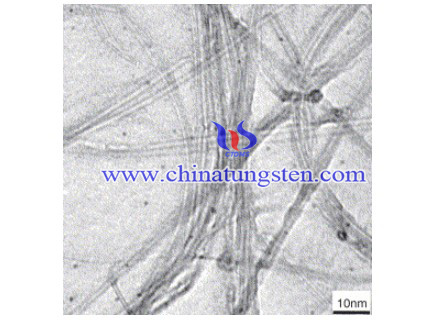
Single-walled carbon nanotubes (SWCNTs) have been an area of intense research since their discovery in 1993, owing to their extraordinary mechanical and unique electronic properties. It has been applied in fields including field-emission, SPM tips, and sensors.
Comparison of Different Precursors for Tungsten Nanopowder Production—Tungsten, Tungsten Trioxide, Ammonium Paratungstate
- Details
- Category: Tungsten Information
- Published on Wednesday, 18 November 2020 01:01
- Written by yuntao
- Hits: 1584
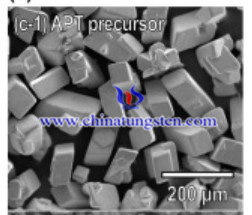
Tungsten nanopowder has been widely applied in industrial catalysis, hard materials, thermionic cathodes, and high-power batteries due to its highly oxophilic characteristics. tungsten is the hardest metal in the world, which makes it resistant to acids, alkalis, and oxygen.
Effect Of Yttrium Barrier on Precursor (Y-Doped Ammonium Paratungstate) of WC-Co Cemented Carbide
- Details
- Category: Tungsten Information
- Published on Wednesday, 18 November 2020 00:49
- Written by yuntao
- Hits: 1666
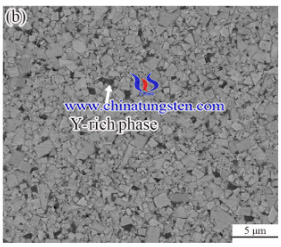
WC-Co cemented carbide has widely used in machining, drilling, automotive, military, and aerospace owing to its excellent mechanical performances. Most research on cemented tungsten carbides with a cobalt binder (WC-Co cemented carbides) has focused on improving their strength, fracture toughness, and hardness.
Production Of Nanostructured Tungsten-Lanthanum Oxide Composites Using Ammonium Paratungstate
- Details
- Category: Tungsten Information
- Published on Friday, 13 November 2020 02:33
- Written by yuntao
- Hits: 1984
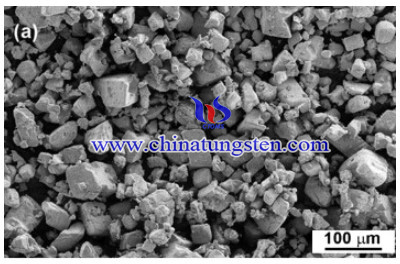
Tungsten is an important and prominent metal among the refractory metals due to an excellent combination of outstanding high temperature properties and high melting point (highest of all metals). Its high strength and corrosion resistance at elevated temperatures, good thermal conductivity and low thermal expansion makes it possible to use tungsten in high temperature applications. On the other hand, owing to its high hardness and wear resistance, high modulus of elasticity and compression strength, tungsten is an important constituent as an alloying element in tool steel, superalloys, stellites and hard metal industry.
Chemical Vapor Synthesis (CVS) of Tungsten Nanopowder in Thermal Plasma Reactor Using Ammonium Partungstate
- Details
- Category: Tungsten Information
- Published on Friday, 13 November 2020 02:29
- Written by yuntao
- Hits: 1685

The main sources of tungsten are the high-grade concentrates of wolframite and scheelite ores. Tungsten metal powder is produced from these minerals typically through the intermediate product of ammonium paratungstate (APT). In a subsequent process, tungsten oxides are obtained from APT by calcination in an oxygen bearing atmosphere between 560 °C and 850 °C. Tungsten metal powder is then produced by reducing the oxides with H2. However, it is difficult to produce nanosized tungsten powder with conventional evaporation and condensation methods, due to the high temperature that is needed for evaporation. Nanosized tungsten powder can be produced by various methods such as the electrodeposition, sputtering, ball milling, and complicated chemical methods. But these methods involve multi-steps and have difficulty in establishing commercial application.
A Large-Scale Production of Tungsten Trioxide Nanoparticles Using Ammonium Paratungstate
- Details
- Category: Tungsten Information
- Published on Friday, 13 November 2020 02:10
- Written by yuntao
- Hits: 1617
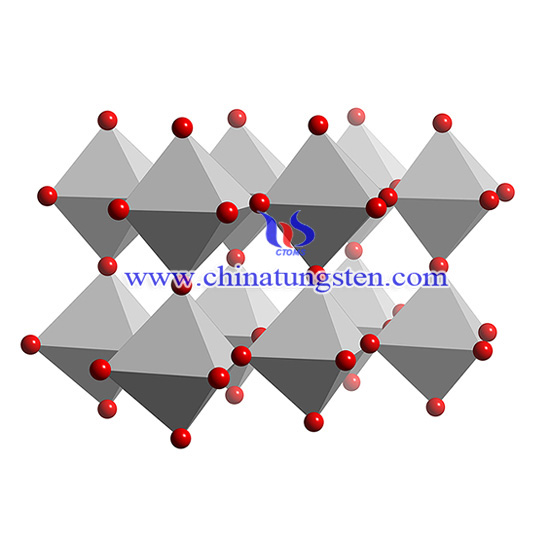
Tungsten trioxide (WO3) powder has been applied in production of light filaments and tungsten carbide. As more of its characteristics have been discovered, WO3 powder has expanded its applications in devices such as electrochromic display, semiconductor gas sensors and photocatalysts due to its outstanding electrochromic, gaschromic, thermochromic and optochromic properties. A WO3 powder with nanostructure is considered to possess enhanced properties mentioned above, owing to their large surface area and unique physical properties.
Ammonium Paratungstate as Doping Source to Produce VO2 Controllable Phase Transition Powder
- Details
- Category: Tungsten Information
- Published on Friday, 13 November 2020 01:58
- Written by yuntao
- Hits: 1544
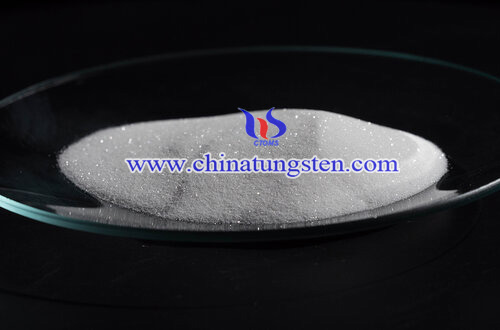
Vanadium oxides include V2O3, V3O5, V4O7, V5O9, V6O13, VO2 and V2O5, in which the atom ratio of oxygen to vanadium varies from 1.5 to 2.5. Among them, VO2 presents a reversible first-order metal-insulator transition (MIT) at a critical temperature (Tc). Intensive investigations have been made on the preparation of VO2 and its properties. It is generally believed that VO2 is a monoclinic structure (M), and presents semiconductive and relatively infrared transparent below Tc, whereas it transforms into tetragonal structure (R), and presents metallic and infrared reflection above Tc. These features make the VO2 suitable for the applications in intelligent energy windows coating, optical switching devices, optical data storage medium, electrodes for electrochromics, lithium batteries and supercapacitors, etc. Nevertheless, the high critical transition temperature of VO2 material (about 68 °C) limits its application.
Ammonium Paratungstate Applied in Nanostructured Molybdenum Carbide and Tungsten Carbide
- Details
- Category: Tungsten Information
- Published on Friday, 13 November 2020 01:48
- Written by yuntao
- Hits: 1629
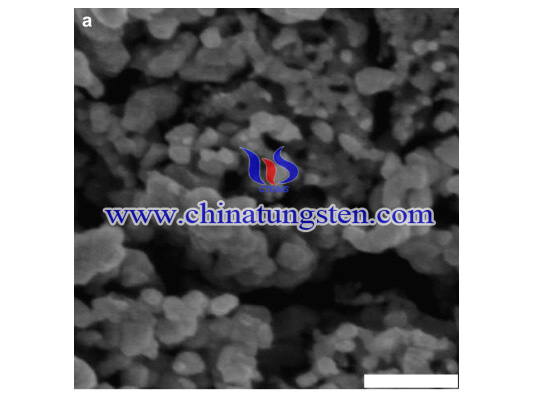
Molybdenum carbide (Mo2C) and tungsten carbide (WC) have attracted attention for nearly four decades, due to their noble metal-like behavior in heterogeneous catalysis. These materials are catalytically active in reactions such as hydrocarbon hydrogenolysis and isomerization, ammonia synthesis, methanation, methane reforming and water–gas shift. Existing strategies for preparing high surface area carbides frequently produce non-stoichiometric surfaces, containing either residual oxygen or excess carbon which can block the active surface. Thus, an effective method that can remove the surface carbon is necessary.




 sales@chinatungsten.com
sales@chinatungsten.com